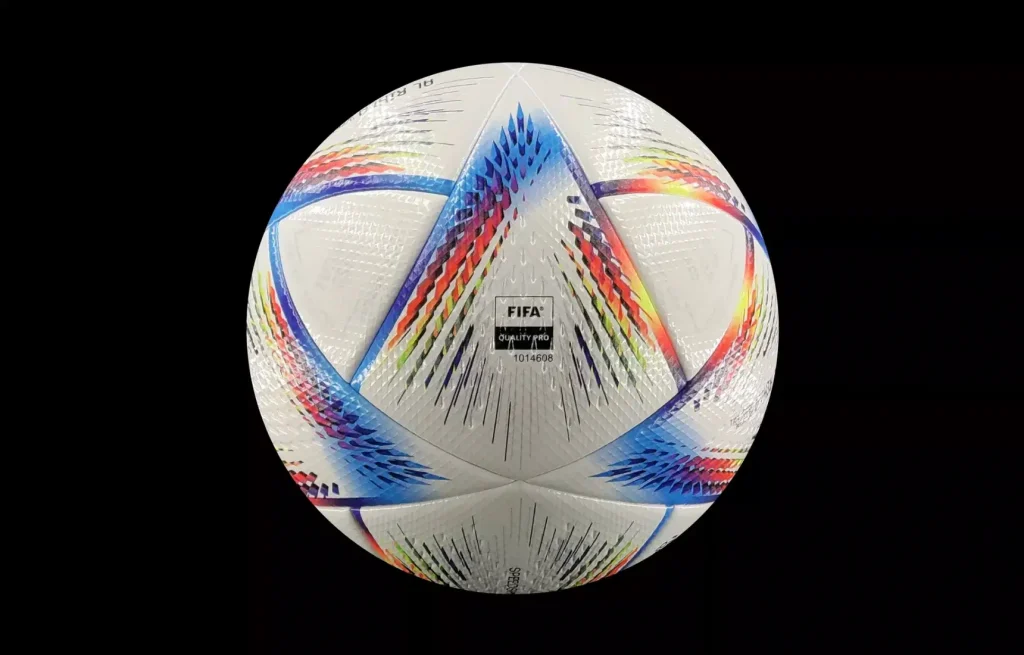When we talk about artificial intelligence for us technology enthusiasts, our thoughts instantly turn to smartphone cameras, robots that can move and perform actions independently, cars that can travel kilometres on autopilot, and assistants that can simplify services and answer our questions. The list of services developed by computer systems designed to simulate or at least come close to human thinking is very long and covers a wide range of categories. Football is also about to enter the latter, as AI will debut in the most popular global sport at the upcoming World Cup scheduled to be held in Qatar from 21 November to 18 December 2022.
Baptising the smart system will be offside, one of the issues that have always been a source of discussion among fans due to possible errors made in detecting the position of players on the pitch by referees and linesmen. To try to zero in on mistakes, football relies on technology through a system that will track players’ bodies and ball movements. The innovation was announced by FIFA (Fédération Internationale de Football Association, which is in charge of organising all international football events), which, after tests in 2021 in the Arabian Cup and at the Club World Cup, is ready to officially launch the system at the most important event for national teams. Replicating what was done in 2018, when VAR (tested in the previous season in the Italian Serie A) was introduced during the World Cup played in Russia, a solution wanted to assist referees and facilitate their decisions.

Created by Adidas
The semi-automatic offside on the launch pad pursues the same goal and exploits an ad hoc ball created by Adidas. It is called Al Rihla and integrates an inertial measurement unit (IMU) sensor inside it to transmit its position on the pitch 500 times per second (the system currently in use, based on optical systems and broadcast cameras, stops at 50 times per second). At the same time, twelve video cameras strategically placed under the roofs of the various stadiums come into action to monitor and track 29 parts of the footballers’ bodies (including hands, knees, and all extremities considered relevant according to the rules) so that their position and any offside can be pinpointed exactly.
Overall, the system will photograph the position of the players on the pitch 50 times per second. At that point, the software will combine and process the mass of data, automatically alerting the dedicated VAR team, which, placed in front of the monitor in a special room, will verify the AI’s response and, once the decision has been endorsed, will inform the referee on the pitch in real-time of the correct decision to be made.
FIFA
“Everything will happen in a matter of seconds to make faster and more precise decisions than in the past,” Fifa officials claim. To dampen controversy and prevent protests from players and spectators, the system includes the creation of a 3D animation broadcast on the big screen and through the graphics of the broadcasters that will transmit the matches to show what happened and provide straightforward content to all those watching the match.
Therefore, the dissemination of technology and artificial intelligence is inevitable to assist referees and reduce errors that could cost the aggrieved teams dearly (prestige and money). But this should not be said out loud to the referees, some of whom are reluctant to introduce external tools capable of overriding their decision-making power. “With semi-automatic offside, there will be fewer mistakes, but it is still human beings and not robots who are responsible for the game,” Pierluigi Collina, a former internationally renowned referee and current chairman of the FIFA Referees Committee, said in this regard.


